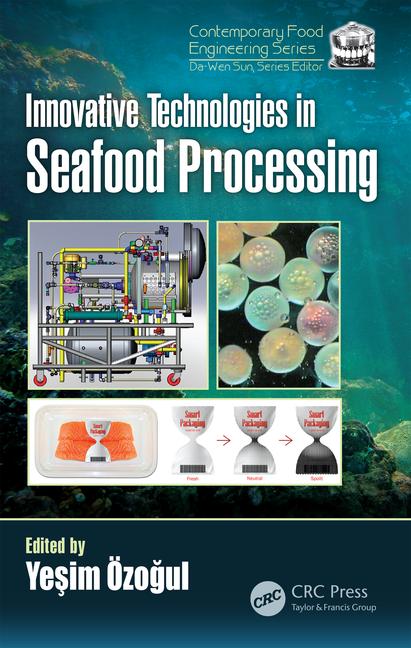Tech Update: Waste not
Here's a fact that many food processors know but tend to ignore: Water down the drain is money down the drain.
Compared to other industries, processors consume tremendous amounts of water. And as a result of HACCP and other recent food safety initiatives, they are consuming more of it than ever. Some poultry plants, for instance, currently use as much as two gallons of water to process a single bird. Multiply that by weekly production in a million-bird plant and it becomes clear just how quickly the gallons -- and the water bills -- add up.
And consumption is only half the equation. The other half, of course, is wastewater treatment and disposal. Here, processors essentially have two options: They can either treat the water themselves or pay the municipality to do so. In recent years the U.S. Environmental Protection Agency (EPA) and a growing number of jurisdictions have been clear on the option they endorse. Rather than have plants discharge water into a municipal treatment system, they would prefer that the plants treat the water themselves and, if possible, reuse it.
Many processors have reached the same conclusion, having come to regard wastewater treatment as an area where costs not only can be trimmed, but also in some cases recovered.
For early pioneers of water reuse, it was necessity rather than savings that proved to be the mother of invention. In the case of Hatfield Quality Meats -- the operator of a large hog slaughter and processing plant in Hatfield, Pa. -- the local fresh water supply tightened in the 1980s to the point that the municipal supplier couldn't.
Looking for a reprint of this article?
From high-res PDFs to custom plaques, order your copy today!







